Let's say I have 2 tables as shown below:
Table 1:
Table 2:
I want to join the 2 tables together so that the output table will have a "date" column, a "hrs_billed_v1" column from table1, and a "hrs_billed_v2" column from table2. Sometimes a date only exists in one of the tables, and sometimes a date exists in both tables. If a date exists in both table1 and table2, then I want to allocate the hrs_billed_v1 from table1 and hrs_billed_v2 from table2 to the output table.
So the ideal result will look like this:
I've tried "FULL OUTPUT JOIN" but it returned some null values for "date" in the output table. Below is the query I wrote:
SELECT
DISTINCT CASE WHEN table1.date is null then table2.date WHEN table2.date is null then table1.date end as date,
CASE WHEN table1.hrs_billed_v1 is null then 0 else table1.hrs_billed_v1 END AS hrs_billed_v1,
CASE WHEN table2.hrs_billed_v2 is null then 0 else table2.hrs_billed_v2 END AS hrs_billed_v2
FROM table1
FULL OUTER JOIN table2 ON table1.common = table2.common
Note that the "common" column where I use to join table1 and table2 on is just a constant string that exists in both tables.
Any advice would be greatly appreciated!


